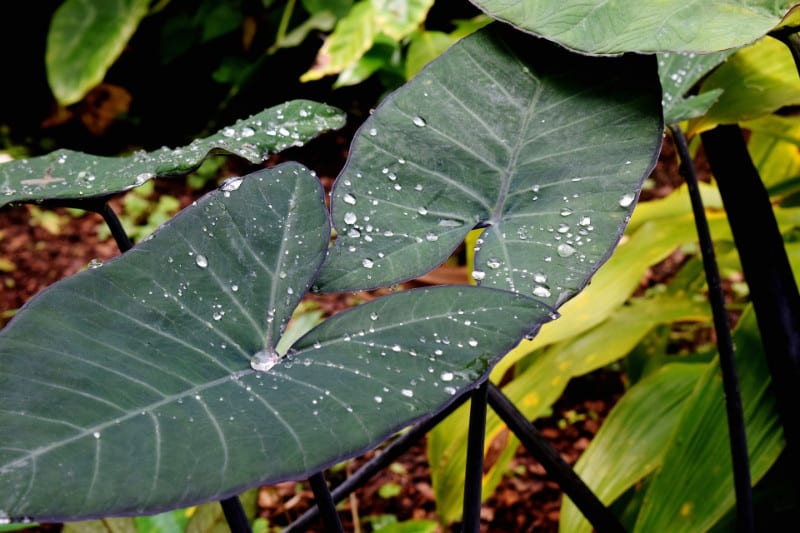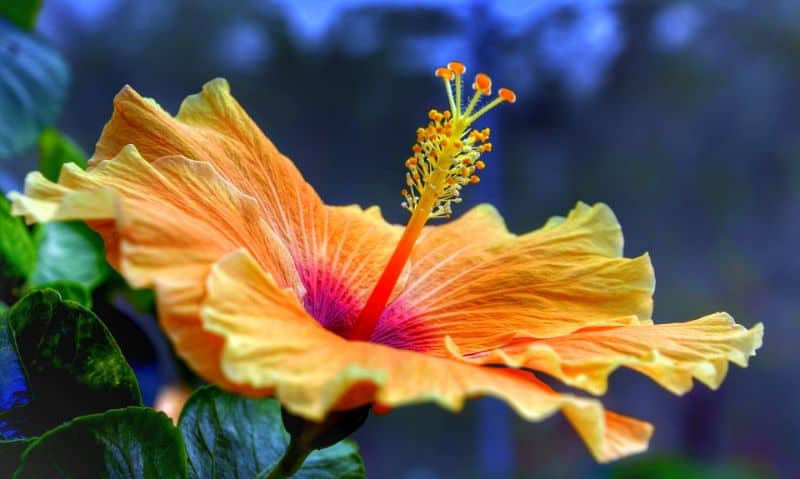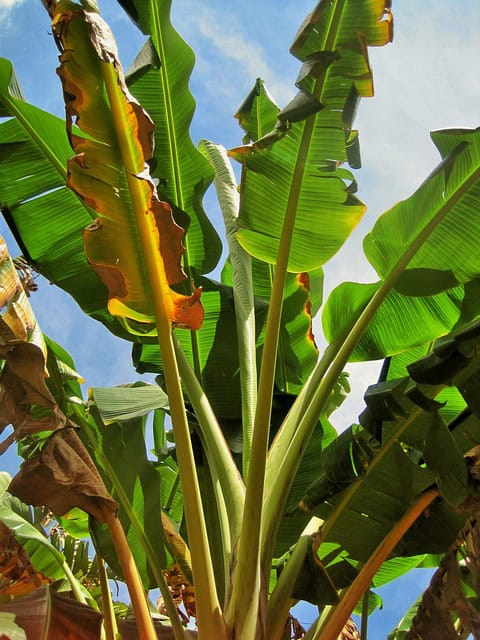There’s something undeniably enchanting about tropical plants. Their lush greenery, vibrant flowers, and exotic foliage bring a touch of paradise into our homes and gardens, especially during the warmer months. However, for many of us living in non-tropical regions, the arrival of cooler weather can spell trouble for these beloved botanical companions.
As the temperature dips, the beauty of tropical plants seems to fade, leaving us wondering how to help them survive the winter blues. Fortunately, with the right care and preparation, you can successfully overwinter your tropical plants and ensure they thrive again in the spring.
In this guide, we will explore practical strategies for keeping your tropical plants healthy during the frosty months. From indoor care for potted plants to special considerations for specific varieties, we will cover all the essential steps you can take to protect your greens from the winter chill. Additionally, we’ll discuss the best practices for transitioning your plants back outdoors as spring arrives. Embrace the opportunity to care for your tropical plants, and enjoy the rewards of their vibrant presence year after year.
Overwintering Tropical Plants
Indoor Care for Potted Plants
During colder months, bringing your tropical potted plants indoors is crucial. It’s essential to act before the first frost arrives. Here’s how to care for specific tropical plants while they are indoors:
Elephant Ears, Cannas, and Caladiums

These tropical beauties are often cherished for their stunning foliage. To prep them for winter:
Timing is Everything: Bring your potted Elephant Ears, Cannas, and Caladiums indoors before frost sets in. This usually means moving them to a warm area of your home when outdoor temperatures begin to dip.
Optimal Placement: Find a sunny window for your potted plants where they can soak up as much light as possible. A south-facing window is typically ideal.
Watering Routine: Water your plants frequently but be careful not to overdo it. These plants tend to thrive in moist environments, so a well-draining potting mix and regular moisture checks are important.
Nutrient Needs: Use a diluted houseplant fertilizer every few weeks to provide the nutrients they crave during their indoor growth phase.
Managing Size: If your Elephant Ears or Cannas are too large to comfortably fit indoors, cut them back to about 6 inches above the soil line. After the first frost, uproot them, keeping as much soil on the roots as possible.
Proper Storage: Store the roots in a container filled with peat moss, placing it in a dark, cool area with a temperature range of 50-60°F. This mimics their natural dormant conditions and helps protect the bulbs.
Hibiscus and Angel Trumpets

These plants are known for their striking blooms but can be a bit finicky when moved indoors. Here’s how to handle them during winter:
Indoor Transition: Similar to other tropical plants, bring your Hibiscus and Angel Trumpet plants indoors before the frost.
Expect Leaf Drop: It’s not unusual for these plants to lose their leaves once moved indoors. Don’t panic; they often bounce back in the spring as they adjust to indoor conditions.
Space Management: If space is limited, you may want to consider inducing dormancy. Store these plants in a cool area with a temperature ranging from 40-45°F and check them bi-weekly to ensure they remain healthy.
Special Considerations for Banana Plants

Banana plants are known for their impressive stature and rapid growth. These lush plants require specific winter care to ensure they reinvigorate in the spring.
Trimming Down: After experiencing the first frost, cut your potted banana plants down to soil level. This helps prevent damage and conserves energy within the plant.
Storage Method: Place the pots in a cool, dark area for the winter months, inspecting them monthly for any signs of distress or dehydration.
In-Ground Bananas: If your banana plants are in the ground, carefully dig them up, taking care to preserve their root system. Store them similarly to potted plants.
Planting and Care in Spring
As the days lengthen and temperatures rise, it’s time to reintegrate your tropical plants back into the outdoors. However, proper planning and care are essential for a successful transition.
Fertilization: Once the danger of frost has passed and temperatures are consistently warm, begin fertilizing your plants again. Use a high-quality, balanced fertilizer to encourage healthy growth, and always follow the recommended dosage to prevent over-fertilization.
Regular Watering Schedule: As your tropical plants resume outdoor life, resume regular watering. Depending on your climate, you may need to adjust the frequency and amount of water.
Acclimation Period: Before fully reintroducing your tropical plants to the outdoor environment, it is crucial to acclimate them gradually. This process helps prevent shock and allows the plants to adjust to the outdoor climate:
Initial Outdoor Exposure: Start by placing your plants outside in a shaded area for a few hours each day. Gradually increase their exposure to sunlight and outdoor conditions over a week or so.
Inspect for Pests: Before moving your plants back outdoors, thoroughly check them for any pests or diseases that could have developed while indoors. Treat any infestations or issues before introducing your plants to your garden.
Optimal Planting Conditions: When the time is right, choose a sunny location in your garden for planting. Tropical plants generally prefer full sun to part shade, so select a spot that suits their light requirements. Consider using well-draining soil and amend it with organic matter to ensure proper drainage and nutrient availability.
Mulching: Applying a layer of mulch around your tropical plants can help regulate soil temperature, retain moisture, and suppress weeds. This not only supports plant health but also simplifies your garden maintenance efforts.
Monitor Weather Conditions: Late frost can occur unexpectedly in spring. Keep an eye on the weather forecast, and if frost is predicted after you’ve moved your plants outside, be prepared to cover them with frost cloths or bring them back indoors temporarily.
Conclusion
Overwintering tropical plants is an investment in both time and care, but it can be incredibly rewarding. Instead of spending money on new plants each year, nurturing your existing tropical beauties allows you to cultivate a thriving garden while celebrating the vibrancy and life they bring to your spaces.
By following the steps outlined in this blog post, you can manage to keep your plants happy and healthy through the worst of winter and get them ready to bask in the spring sunlight once again. The effort you put into caring for your tropical plants during the colder months will not only save you money but also enhance your gardening experience.
Moreover, as winter gives way to spring, envision the joy of transforming your backyard into a tropical paradise. Imagine lush greenery, fragrant flowers, and the serene atmosphere created by a well-tended garden filled with your tropical plants. The cultivation of these exotic specimens can provide not just aesthetic pleasure but also a sense of accomplishment and connection to nature.
So, stock up on your supplies, reassess your plant care routine, and embrace the beauty of tropical plants year-round. By offering them the protection and care they need through winter, you can look forward to lush growth and abundant blooms that will make your backyard the envy of the neighborhood when the warmth returns. Happy planting, and may your tropical plants thrive through every season!





